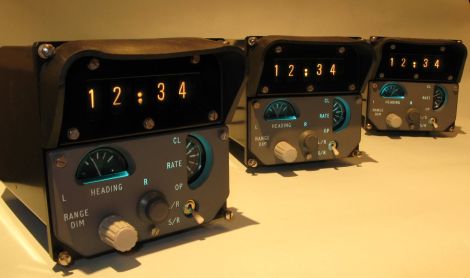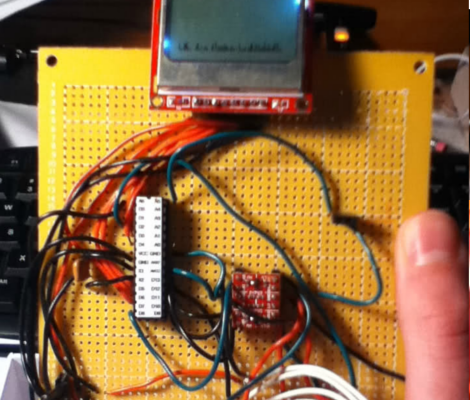
This is not a Roomba hack, but a ground-up vacuum cleaner robot build. It’s the result of a class project from six students at the Royal Institute of Technology in Sweden. There’s a slew of information available in their paper, but fair warning that it’s an 8.6 MB PDF file that we couldn’t get Google to translate. We were able to skim the PDF and cut and paste to translate the interesting bits we found.
Unlike a Roomba, which just uses a little sweeper to pick up debris, this robot actually includes a vacuum. The image above shows that the cylindrical body is wrapped in an LED matrix, with an ultrasonic sensor on the front for obstacle avoidance. The robot uses a CAN bus to control the various modules inside. We don’t think there’s any autonomous function, but that’s made up for by the remote control. It communicates via a ZigBee module, and includes a d-pad, touch screen, and accelerometer.We’re a little bit hazy on how the games are played, but there are at least two interactive version: one called ball, and another modeled after the classic game of missile command.
You can check out the source code for the project in their repository, or join us after the break for two demo videos.













